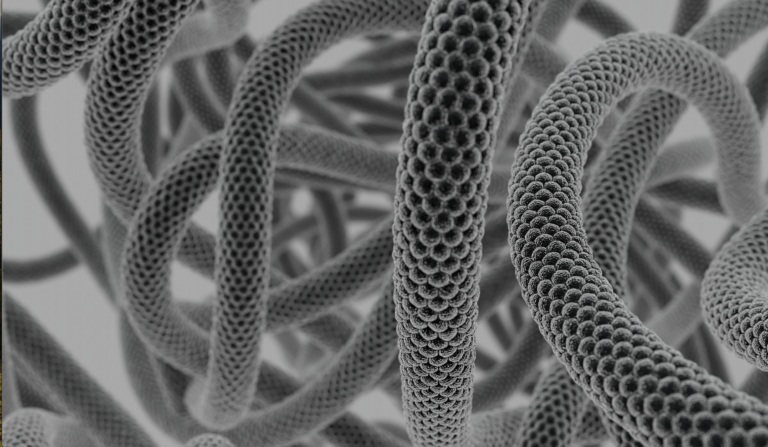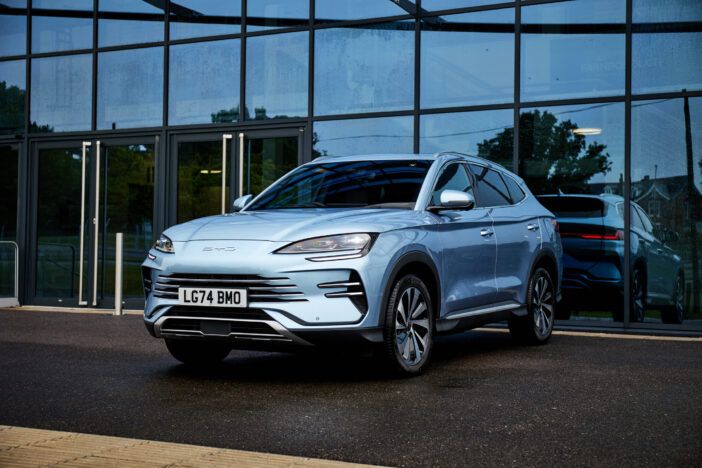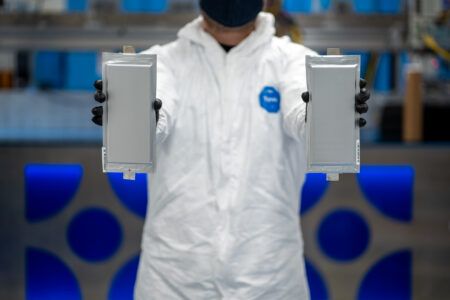Berzelius (Nanjing) Co Ltd has announced a significant advancement in battery technology with the development of high-capacity pure silicon anodes containing zero graphite. This innovation enables battery cells to achieve an energy density of 400 Wh/kg while maintaining exceptional power capabilities.
The breakthrough was made possible through the integration of OCSiAl’s single wall carbon nanotubes, resulting in cells with outstanding performance, high rate capabilities, and extended cycle life. These nanotubes, recognized as nature’s longest and most flexible material for conductivity and electrode reinforcement, have proven crucial in mitigating silicon anode degradation.
A recent study led by Dr. Jeff Dahn, a renowned electrochemist and Tesla research partner, emphasized the importance of combining high-capacity materials like silicon with more stable electrode materials to reduce mechanical degradation. Single wall carbon nanotubes were identified as a simple yet effective addition to improve electrical connectivity and increase capacity retention in silicon-based composite electrodes.
“For eight years, we have been developing customized formulations with OCSiAl single wall carbon nanotubes,” said Dr. Cen Wang from Berzelius, “Which help hold electrode particles together and prevent battery degradation.” He noted that the nanotubes are effective even at ultralow concentrations, with higher silicon content requiring more nanotubes.
The primary consumers of these high-silicon content material systems include manufacturers of electric vehicles, drones, power tools, and aerospace components. Berzelius introduced its commercial silicon anode materials in 2020 and began constructing a 20,000-ton manufacturing facility in 2022. The first phase, with a 400-ton annual production capacity, was completed in November 2022 and has been supplying silicon material globally.
This development represents a significant step forward in battery technology, potentially leading to more efficient and powerful energy storage solutions for a wide range of applications.





